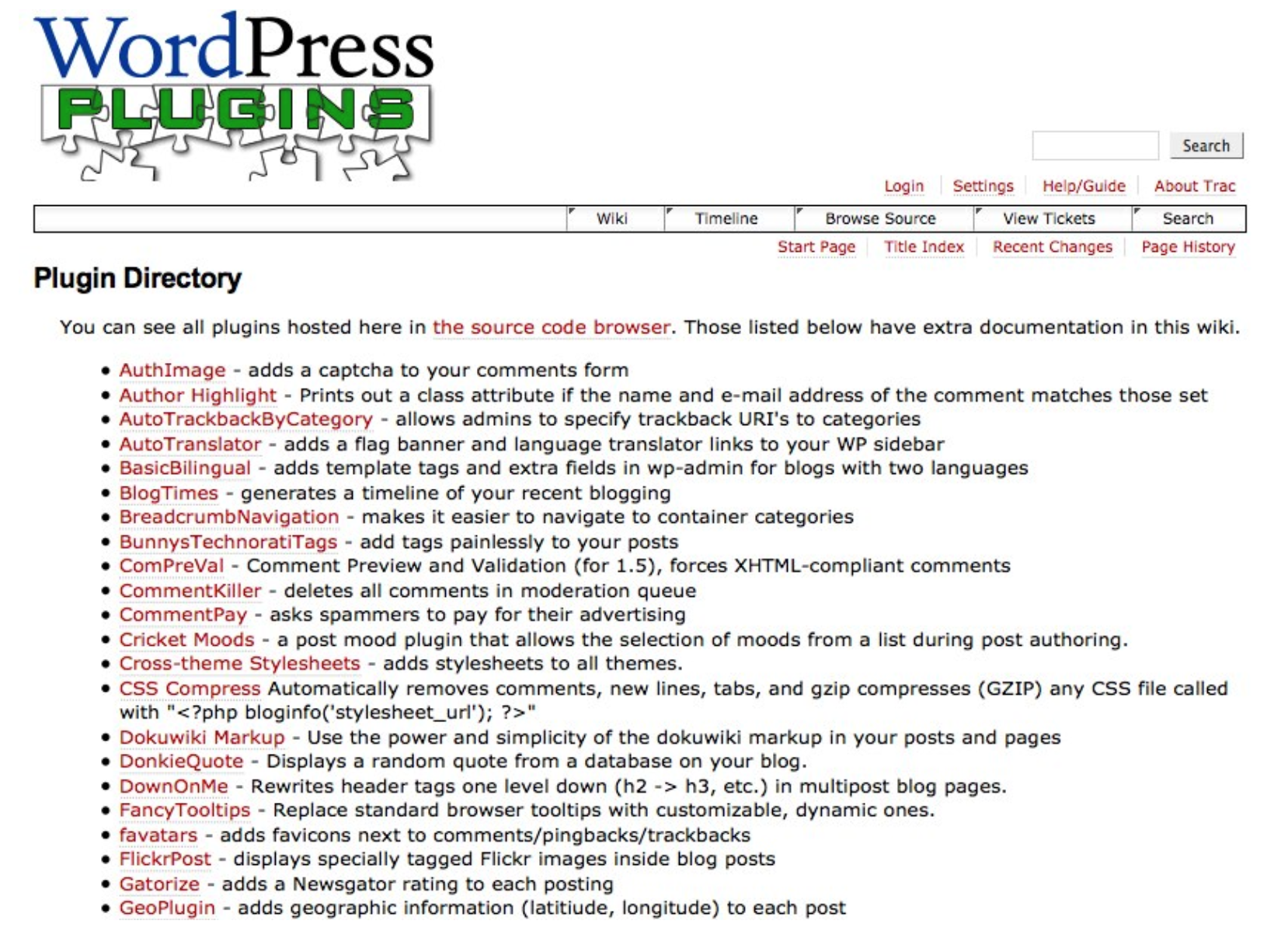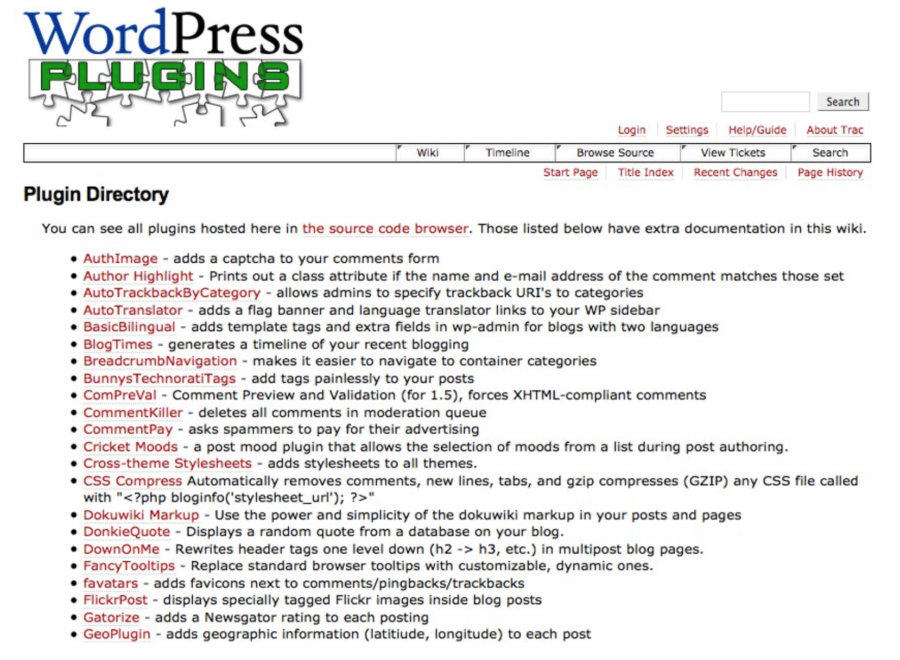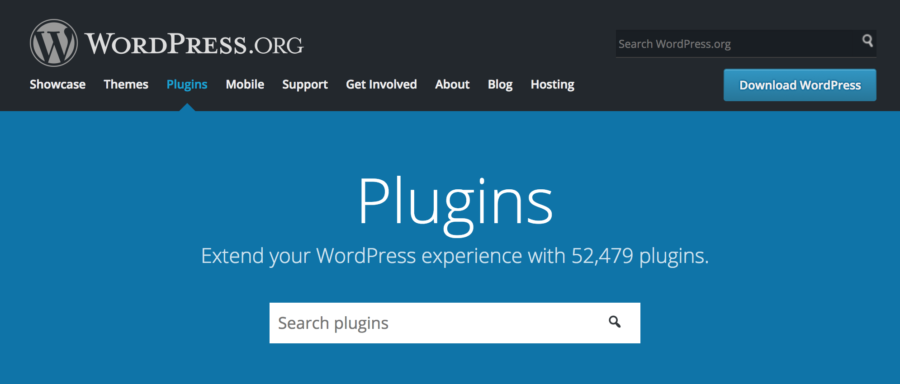
A Short History of WordPress: The Plugin
WordPress plugins allow users to completely customize their website features and experience for visitors, and also serve as a mainstay of the WordPress experience. It’s safe to say that without them, WordPress wouldn’t have grown to power over 28% of the internet. But did you know that WordPress used to exist without plugins? In this post, I’ll give you a short history of when and why plugins came to be and what the future holds for WordPress because of them.
WordPress Before Plugins
WordPress had its inception on May 27th, 2003, when Matt Mullenweg and Mike Little forked the b2/cafelog platform, originally written by Michel Valdrighi. Christine Selleck Tremoulet, a friend of Mullenweg, suggested the name “WordPress.” It wasn’t until May 22, 2004, when the third release of WordPress, named Mingus (v1.2), was released with support for a new feature named “Plugins”.
Previous to this release, if a user wanted to extend WordPress or add specific features, they did so by using “hacks” created by themselves or others. Hacks came as a set of bundled files, along with instructions on what core WordPress files to edit and where to insert code.
The Plugin Architecture Suggestion
The plugin system was the idea of Ryan Boren, who had quietly contributed to WordPress early on. In short, he suggested using a system of Hooks and Filters in the core software that would allow developers to “hook into” specific events that happen in WordPress and run their own custom code. This custom code was in the form of a plugin in a separate directory from the core files within WordPress. This initial plugin functionality was added to trac on March 25, 2004.
This system had two major benefits:
- There was no longer a need to edit core WordPress files, which meant that WordPress could be upgraded more easily without the risk of losing your customizations.
- Non-technical users no longer had to edit files, copy/paste code, and could now simply Activate or Deactivate the specific functionality that a plugin provided.
Since the creation of the plugin system, there have been many releases and feature updates to WordPress, but in the words of co-founder Mike Little:
“The hook system was a step change in WordPress development, and it was probably the first step on quite honestly making it the superior product that it is.”
The first WordPress plugin directory was born in late 2005 and looked like this:

Premium Plugins Hit the Scene
It took a couple of years, but eventually, plugin developers started turning their coding skills into revenue-generating businesses, much like theme authors before them. As best I can gather from my research, these were some of the very first plugins to be monetized and premium brands to be created:
- WP eCommerce – 2006
- Gravity Forms – 2008
- iThemes (Billboard plugin) – 2008
- CodeCanyon – 2010 (premium plugin marketplace)
In the years since, the entire WordPress ecosystem has continued to mature and so has the business sense of those making premium plugins and building the brands around them. We’ve seen authors go from selling a plugin or plugin add-on for a one-time price, to now more commonly offering yearly subscriptions that auto-renew.
Current State of WordPress Plugins
As of this writing, there are 52,479 free plugins in the official WordPress plugin repository and that number is growing each day.

As WordPress itself continues to push the boundaries of making website and blog creation even more accessible to non-technical users, the need for, and availability of plugins will only increase.
What are you waiting for, start making your WordPress website today, or if you have one already, we can help ensure it’s secure and protected. Learn more about how SiteLock website security can protect your site today.
Sources:





